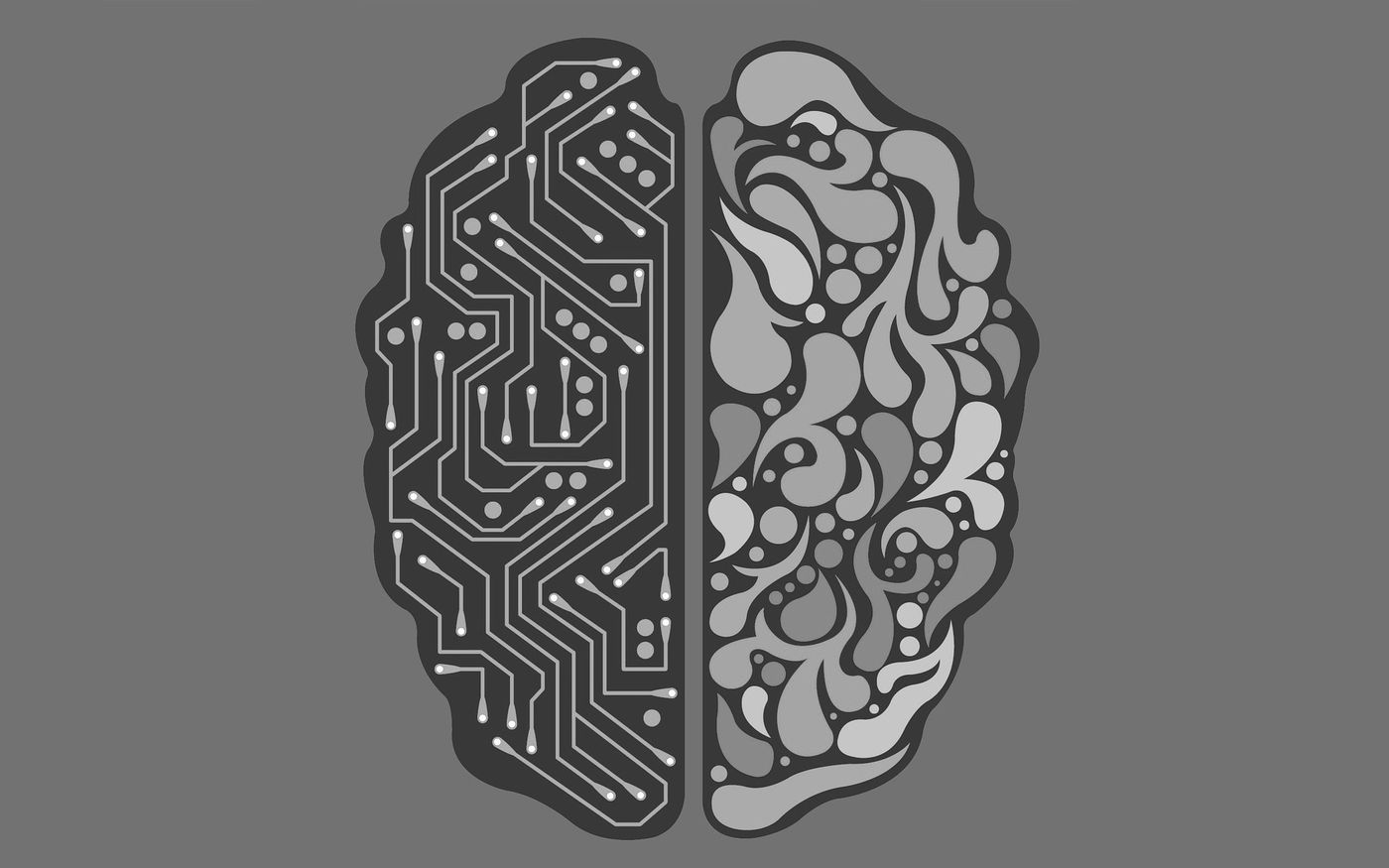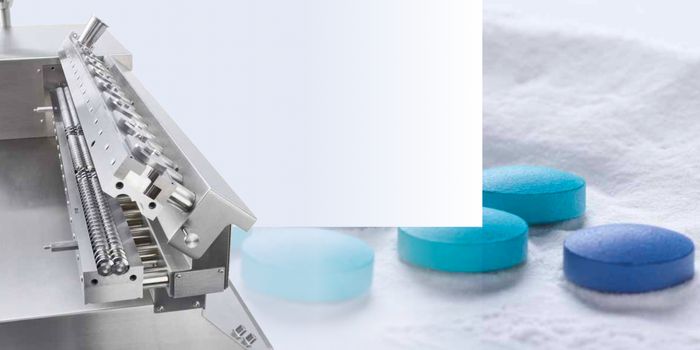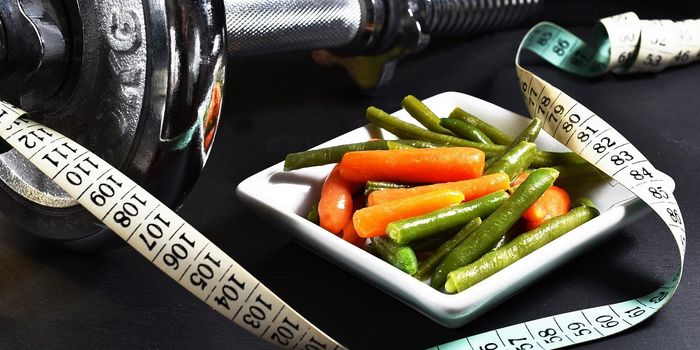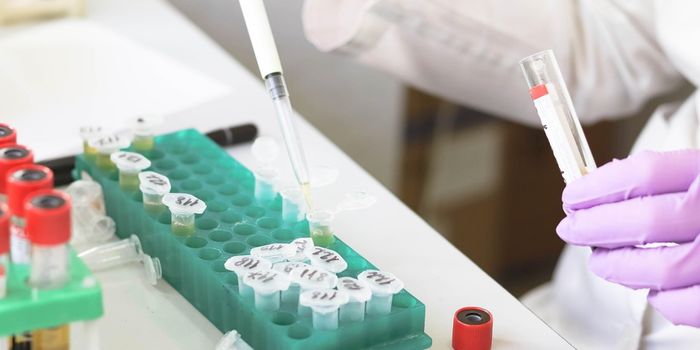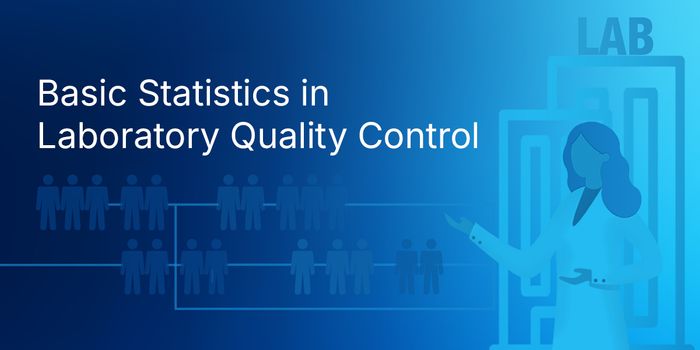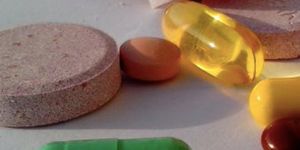We will teach you to be a doctor, said us to the machine.
Computers - like toddlers can be nurtured. They can be taught to discriminate against spam emails, best traveling routes; diagnose cancer, depression, suicide incidence, and dietary optimization. These are made possible by machine learning.
Machine learning is a niche in artificial intelligence (AI) that trains computers to sniff out patterns in large datasets within the confines of allocated algorithms to perform the task given. In the medical field, phenotypes and genotypes or medical images (explicitly) for computer-assisted diagnosis. These deed enhances diagnosis capabilities or decides the cases’ urgency accordingly for evaluation (also referenced as triage).
Despite the thunderous applause for the tentative achievement, there are still general concerns, henceforth the absence of computer diagnosis in clinical practices. Why? a) machine learning algorithm must refer to a new independent dataset, not the existing ones, besides being able to retrieve images from many devices; b) without intervention from data scientists and physicians to integrate AI into existing clinical practice - patient care will decay.
But fret no more, as reports from Nature Medicine made mentions of successful attempts that could silence its critics as mentioned above, by addressing both acute neurological events and retinal disease.
The standard sequence of work is the acquisition of medical imaging, whichever order received or prioritized in respect to the medical history. That act burns the daylight. Titano and team develop an algorithm to perform all the deeds for the radiologist’s perusal. They used a neural network (a mimic of mammals’ neuronal structure)
The authors tutored their model with 37, 236 computed tomography (CT) images to decide and deliberate if there were any critical findings present (strokes or hemorrhage). They then tested the taught model with a second dataset of 180 CT images, whose medical records were reviewed by physicians. It was an uncanny achievement: the diagnosis was matched with three physicians. They then pushed the limit to see if the prototype could place-hold a triage system. Improvement had found its new face.
Critical findings were hollered 150 times faster; critical cases are highlighted earlier for evaluation by physicians. A machine-learning triage system reduces treatment time for critical acute neurological illness cases. The image below is the neural network designed by Titano et al.
On the other hand, De Fauw and team designed a model that diagnose retinal diseases, through a two-stage algorithm: that accounts for the optical coherence tomography (OCT) images’ technical variation from different devices, henceforth diagnosing retinal diseases. The first stage is segmentation; 3D tissue map from raw OCT image. The second stage is classification; diagnosis probability is generated, alongside its referral suggestion (criticality of cases).
The authors fed a dataset of 977 patients (with recorded retinal pathologies) to their model, and it shows that the referral accuracy was in league with the verdict of eight retinal specialists and optometrists. The authors sought to decline misdiagnosis through listing clinical consequences and multiple pathologies diagnoses.
The separation of segmentation and classification is necessary, so the authors do not need to re-teach the algorithm through complex classifications stage again while accommodating data from different devices. The image below speaks of the two-stage neural network designed by De Fauw et al.
A sure challenge for this technology is making sure that the machine learning methods are not limited to a specific dataset in training samples, for it is possible to gain optimistic estimates. This event is a nod to over-fitting.
Another apparent challenge was to interpret these models - to understand how, even with complex extraction methods and combined features, works in some context but fails on others.
The technology is here to assist, not to replace. When time is the essence, accelerated clinical decision making is paramount; as does the patient’s care.
Behold! The Future of Past is Now!
Rejoice! A new doctor’s in town.
Twist and Shout!, sang The Beatles.
To understand better machine learning, glean the video below!
Source: Nature Medicine
